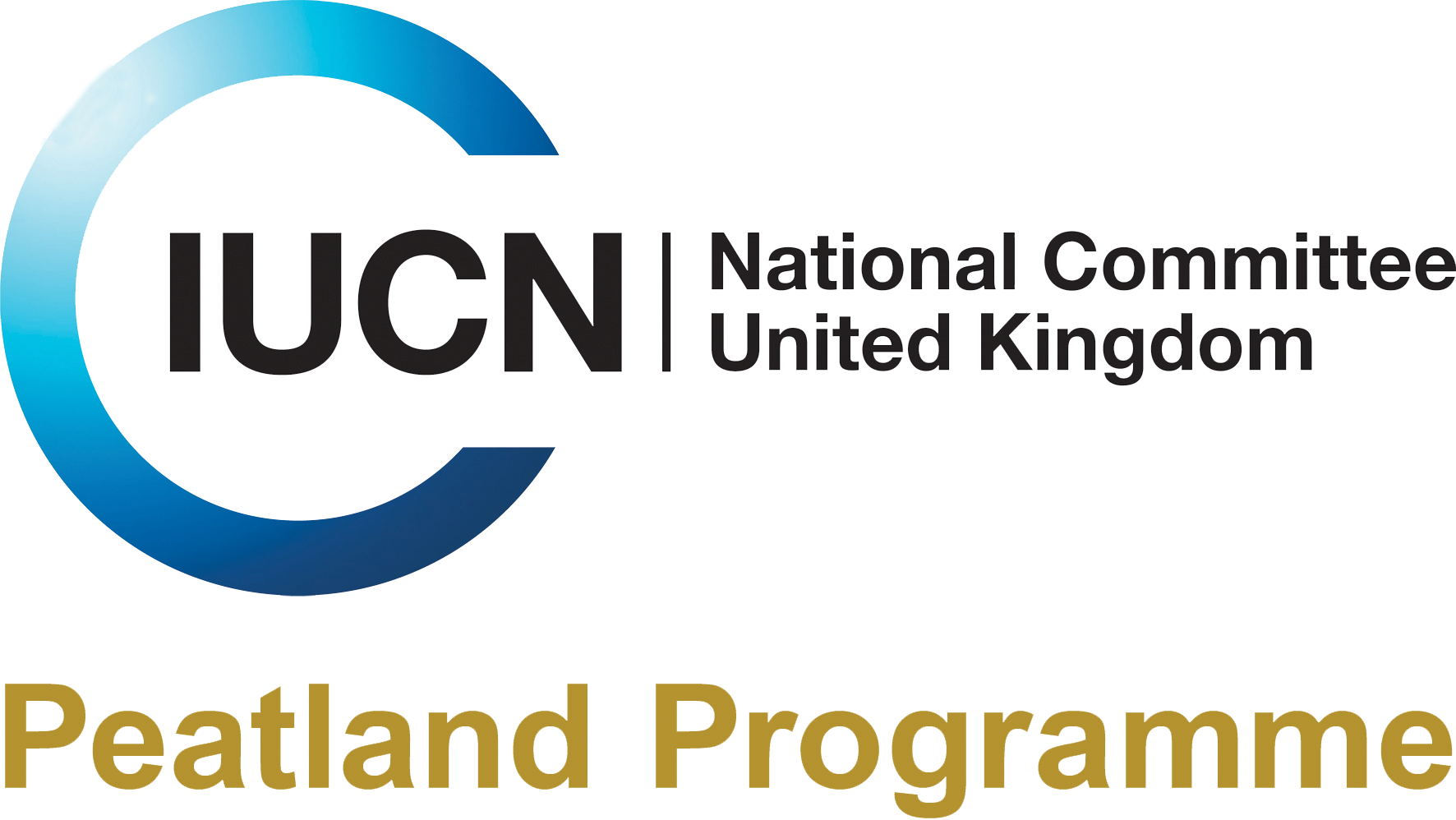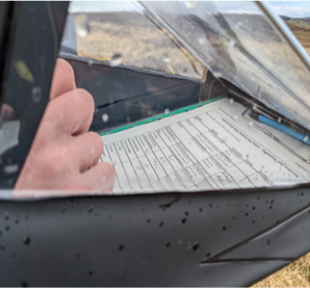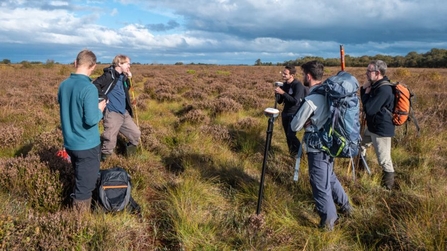By Mike Prince, Natural England
The Data Exchange Standard for Peat Surveys has now been issued and v1.0 is available here. Natural England thank the many people within the community who contributed to this version. The intention is to update this in future after it has been used more widely, so Natural England continue to welcome comments via email to peatmap@naturalengland.org.uk.
The England Peat Map project is mapping the extent, depth and condition of England’s peat, using new and existing field survey data, satellite Earth observation, and a variety of modelling methods.
Mapping England’s peat can help us achieve net zero by 2050. Healthy peatland has a cooling effect on the climate as peat captures carbon from the atmosphere and stores it underground. Knowing where the peat is, and what condition it is in, will help us identify areas for future restoration, or in need of additional protection.


